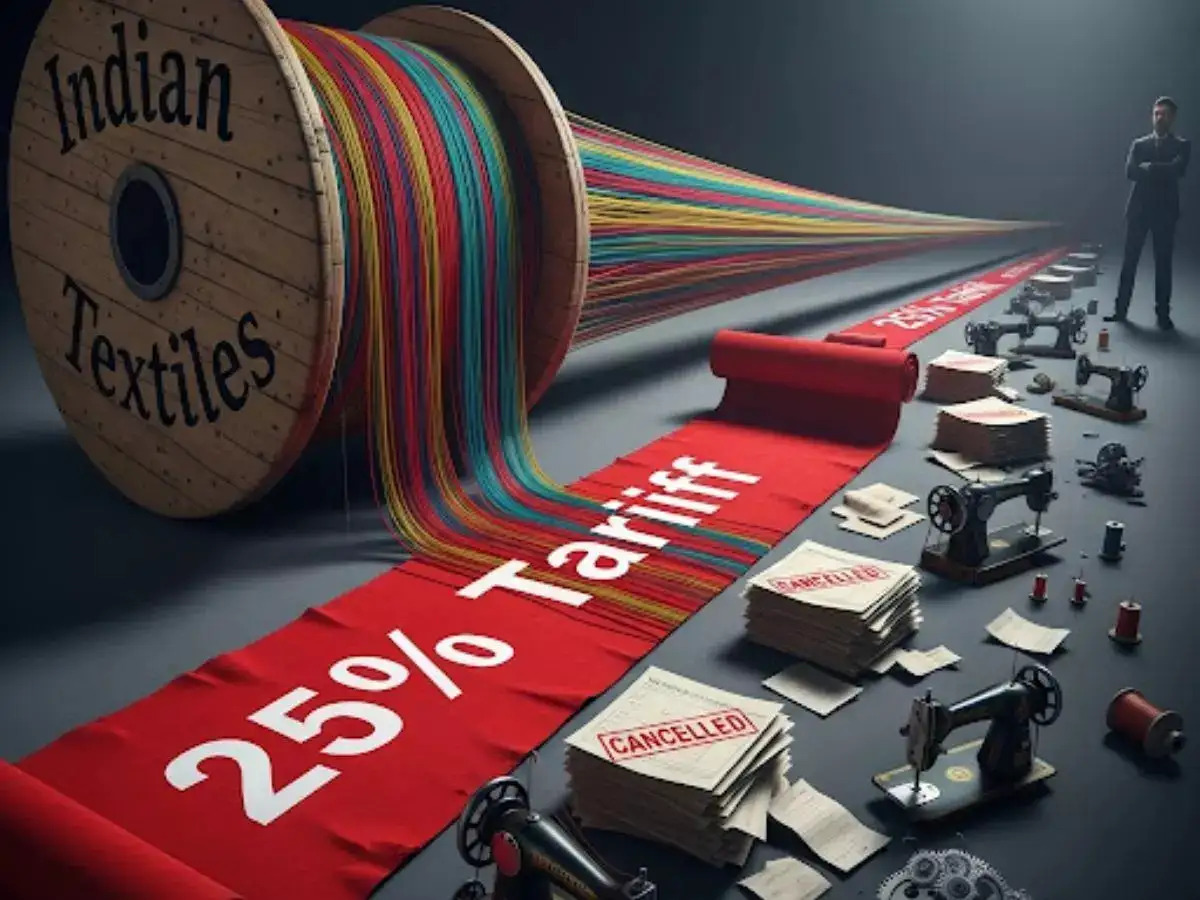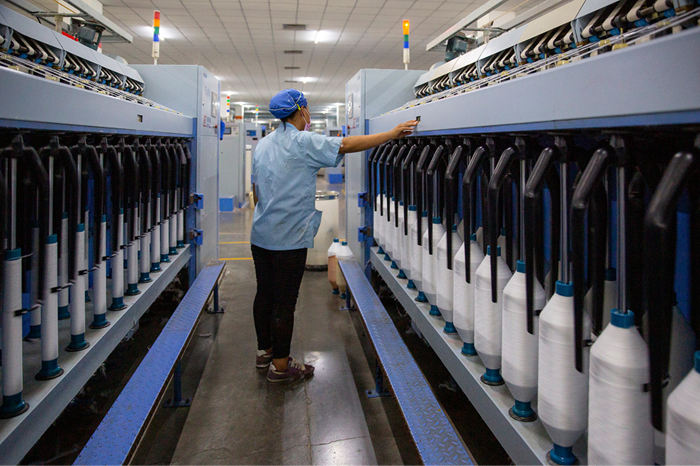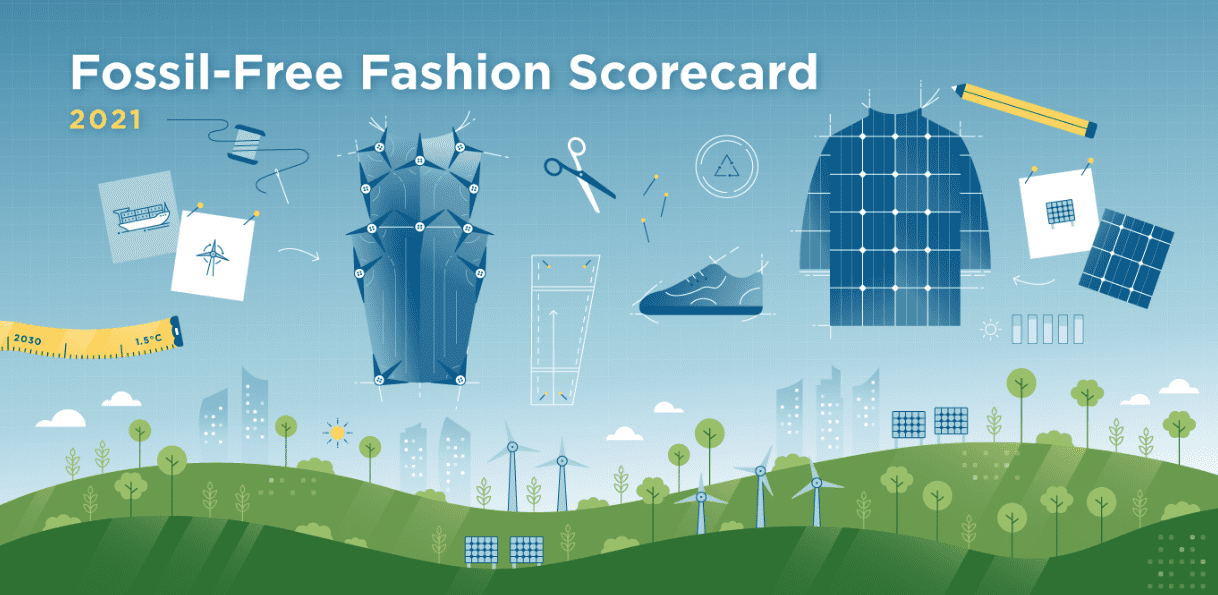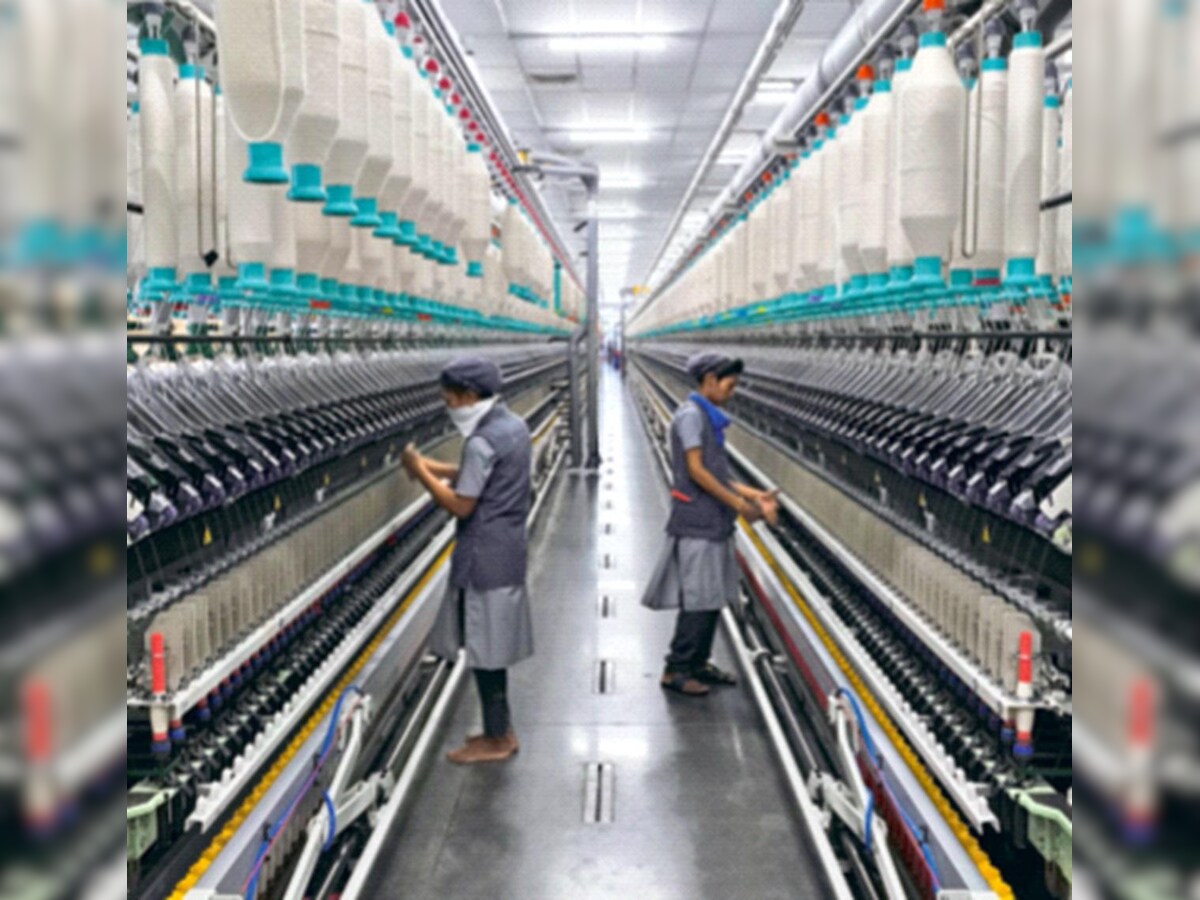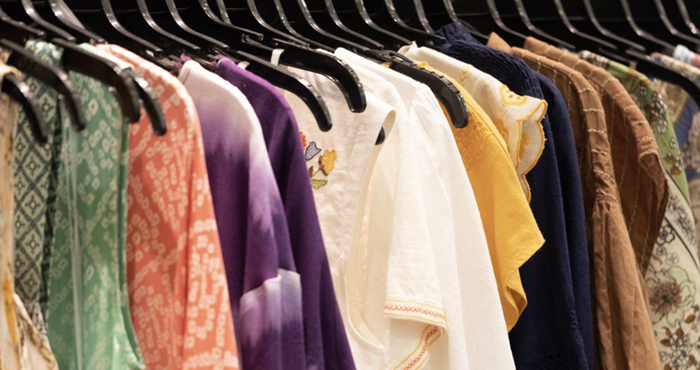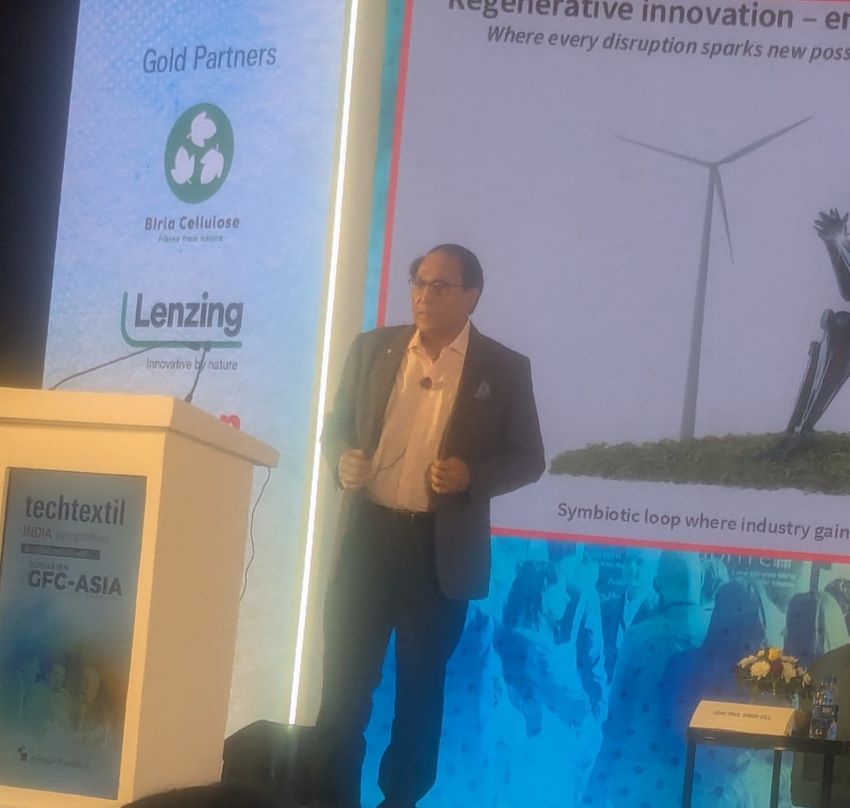FW
Making use of a concept called click chemistry to synthesize antibiotic spider silk, Professor Neil Thomas of the School of Chemistry of the United Kingdom-based Nottingham University collaborated with life scientist Sara Goodacre and her team in the research. Recombinant silk fibers functionalized with levofloxacin was able to retain its antibacterial activity by slow release for up to five days after functionalisation. Professor Thomas points out, the biocompatible fibers can find applications in tissue engineering and biomedicine. The structure serves as scaffolds for cell growth and provides antimicrobial properties due to the presence of antibacterial agents by slow release mechanism.
A chance meeting of chemists and scientists from SpiderLab resulted in antibiotic recombinant silk fibers, using the click reaction technique. The work involved the synthesis of silk protein in a bacterium, where an amino acid not found in protein was added. This amino acid has an azide group, which helps with the click reaction resulting in the functionalized artificial silk. The research was funded by the United Kingdom’s Biotechnology and Biological Sciences Research Council and has appeared in a recent issue of the online journal Advanced Materials.
Vietnam may emerge as a major importer of Indian cotton. In 2016-17, Vietnam imported five million bales of cotton compared to 4.5 million bales a year before. Now it wants Indian cotton to meet the rising demand of its garment and textile sectors. Vietnam’s domestic production of cotton meets only one per cent of demand. The country needs over 5,00,000 tons of cotton to satisfy the needs of its garment and textile manufacturers.
Vietnam’s apparel industry is growing rapidly. With an export growth of 20 per cent a year, the sector is expected to generate a turnover of $40 billion by 2020. There has been a large inflow of foreign investments in the country’s textile industry, which has led to an increased demand for cotton. Mainly exporting to Bangladesh, Pakistan and China, India is the world’s top producer of cotton.
After three highly successful and action-packed days at the Postbahnhof venue, the Greenshowroom and the Ethical Fashion Show Berlin ended. Both shows saw substantially more visitor numbers and a variety of enthralling innovations.
Both of the green trade fairs won over audiences with high quality of collections displayed within a newly expanded space. The high visitor numbers seen on all three days of the events prove the great diversity of what the Messe Frankfurt is offering is of genuine appeal. Particularly from mainstream retailers, the organiser is registering even higher levels of interest, said Olaf Schmidt, Vice President Textiles & Textile Technologies at Messe Frankfurt.
With 179 international labels, the pair of trade fairs has once again earned their place both as the main platform for ecologically and fairly produced fashion during Berlin Fashion Week and as a unique hotspot within Europe for sustainable fashion. At Greenshowroom, a total of 40 international contemporary labels were on display. There, designers wowed audiences with their skilful mixing of styles, as glamour was excitingly combined with sporting chic. For the coming autumn/winter season, more colourful and contrasting looks are on trend. These include broad silhouettes combined with tailored fits and dusky tones set against showy colours.
Retailers have confirmed increasing demand for eco-fashion. The trend is continuing – more and more mainstream retailers are visiting Berlin as they plan to give a platform to eco-fashion. There was also an appreciable rise in the number of international visitors to the shows.
Despite an improvement in export earnings from value-added sector, textile exports from Pakistan fell 1.65 per cent to $6.156 billion in the first half of the current fiscal year, an official data claims. The Pakistan Bureau of Statistics (PBS) data reveals textile exports amounted to $6.259 billion in the corresponding period of the last fiscal year.
The textile value-added sector, accounting for more than half of the industry’s foreign earnings, recorded a rise in exports during the July-December period of 2016-17. Knitwear exports inched up 0.17 per cent to $1.193 billion, bed wear fetched $1.043 billion in exports revenue up 4.66 per cent year-on-year and readymade garments rose 5.87 per cent to $1.101 billion.
In July-December 2016, cotton cloth exports fell 5.57 per cent to $1.048 billion, while exports of raw cotton and cotton yarn decreased more than 49 and seven per cent, respectively. Analysts say the recently-announced Rs 180 billion incentives package is likely to give a boost to flagging exports.
The government announced export incentives scheme for five export-oriented sectors including textiles. The stimulus includes a score of rebates given that the exporters are able to increase exports by 10 per cent in the second half of the current fiscal year. The PBS data showed textile exports amounted to $1.035 billion in December 2016, almost flat as compared to December 2015, but down 1.21 per cent over November 2016. Exports of knitwear increased 4.21 per cent year-on-year (YoY) and 1.54 per cent month-on-month (MoM) in December 2016. Bedwear exports rose 9.26 per cent YoY and 0.11 per cent MoM. Exports of readymade garments soared 9.23 per cent YoY and 11.88 per cent MoM in December 2016.
Now that Donald Trump has taken over as the President of the US, all eyes are on him to see his first move. Whatever plans Trump puts in place to force businesses to produce more in the US, apparel retailers will be hit harder than most other industries. While investing heavily to fight off a growing crowd of internet rivals, many of which operate at a loss to gain market share, retailers import nearly everything they sell. They are in perpetual price competition with their traditional competitors.
Despite his criticism of proposal, Trump, could go ahead with a Republican tax reform plan that would tax imports by making them non-deductible expenses, and exempt exports. He has also pushed a still-vague plan to impose 35 per cent levy on goods made by companies that move their production out of the US and then sell back in. Both proposals would hit importers.
If he does pick a border-adjusted tax plan with a corporate tax rate of 22.5 per cent, then this year’s earnings would be 68 per cent lower at Kohl’s, 52 per cent lower at Urban Outfitters and 37 per cent lower at Lululemon, according to Citigroup. Abercrombie & Fitch, Gap and J.C. Penney would lose money.
Some economists say the effects of the measure would be offset by a rise in the dollar and across-the-board increase in prices of imported goods, but companies that are net importers aren’t buying it. Retailers would have to raise prices to return to reasonable profitability. In December, the consumer price index for apparel stood slightly below where it was in December 1990. Taking inflation into account means prices have fallen significantly.
Making use of a concept called click chemistry to synthesize antibiotic spider silk, Professor Neil Thomas of the School of Chemistry of the United Kingdom-based Nottingham University collaborated with life scientist Sara Goodacre and her team in the research.
Recombinant silk fibers functionalized with levofloxacin was able to retain its antibacterial activity by slow release for up to five days after functionalisation. According to Professor Thomas, the biocompatible fibers can find applications in tissue engineering and biomedicine. The structure serves as scaffolds for cell growth and provides antimicrobial properties due to the presence of antibacterial agents by slow release mechanism.
A chance meeting of chemists and scientists from SpiderLab resulted in antibiotic recombinant silk fibers, using the click reaction technique. The work involved the synthesis of silk protein in a bacterium, where an amino acid not found in protein was added. This amino acid has an azide group, which helps with the click reaction resulting in the functionalized artificial silk. The research was funded by the United Kingdom’s Biotechnology and Biological Sciences Research Council and has appeared in a recent issue of the online journal Advanced Materials.
The Accord on Fire (a consortium of European fashion brands and buyers in the country) and Building Safety in Bangladesh has requested the Bangladesh government to form a wage board for workers of the readymade garment (RMG) sector. In a letter to PM Sheikh Hasina, Accord also expressed grave concern over the government’s response to recent RMG industry unrest and wage protests in the Ashulia stating some garment factory owners in the area were questionably using the industry unrest as a basis for mass termination of union supportive workers. The platform expressed concern over the recent detentions and termination from employment of individuals with union affiliation and who promote workers’ rights in the RMG factories located at Ashulia.
It said the signatories of Accord were concerned that as many as 700 persons faced Court allegations and potential arrest allegedly under the auspices of the Ashulia unrest. The Accord also sent the copy of the letter to Bangladesh Garment Manufacturers and Exporters Association and Bangladesh Knitwear Manufacturers and Exporters Association.
Apparel workers at Ashulia held protests in December last year, demanding an increase in minimum wage to Tk 16,000 from Tk 5,300. Terming workers’ demands illegal, authorities of 85 factories on December 20 announced closure of their units under Section 13(1) of the Labour Act for an indefinite period. However, they reopened the units from December 25 with massive termination and filling cases against workers.
"US men’s underwear and women’s lingerie market will witness significant growth over 2015 to 2021, owing to increased proliferation of modern retail formats such as supermarkets, discount stores, and pharmacy stores; rising personal income of US households; rising fashion consciousness, change in lifestyle, and rising awareness regarding health & fitness and personal hygiene among men and women in the country, says a report by Persistence Market Research."
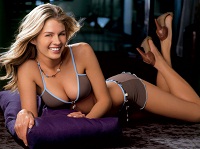
US men’s underwear and women’s lingerie market will witness significant growth over 2015 to 2021, owing to increased proliferation of modern retail formats such as supermarkets, discount stores, and pharmacy stores; rising personal income of US households; rising fashion consciousness, change in lifestyle, and rising awareness regarding health & fitness and personal hygiene among men and women in the country, says a report by Persistence Market Research. On the other hand, high competition due to the presence of a relatively high number of global and local intimate apparel manufacturers is expected to be the major restraining factor for the growth of the US men’s underwear and women’s lingerie market during the forecast period.
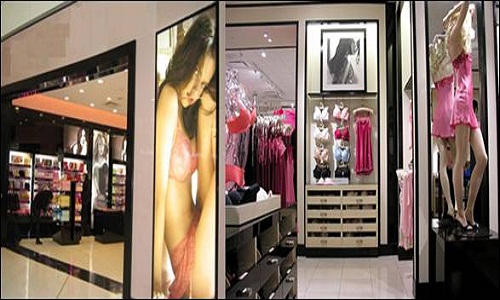
According to the latest market report published by Persistence Market Research, ‘US Market Study on Men's Underwear and Women's Lingerie: Driven by Proliferation of Modern Retail Format and Online Store during the Forecast Period’, the online store segment is expected to be the most valuable segment in terms of revenue throughout the forecast period. The US men’s underwear market is estimated at $3,236.4 million in 2015, and is expected to register a CAGR of 5.1 per cent over the forecast period. On the other hand, the US women’s lingerie market revenue is anticipated to expand at a CAGR of 5.4 per cent from 2015 to 2021.
Boxers to gain significant share
The boxer brief segment is expected to remain dominant throughout the forecast period, with high revenue contribution. By the end of 2021, the boxer brief segment is expected to hold a share of 34.9 per cent in volume terms. In terms of size, XXXL size segment is expected to expand at the highest CAGR over the forecast period. However, in 2014, revenue generated by L size segment was higher as compared to other segments. On the basis of the price range, the mid-range segment is anticipated to contribute highest in value terms by 2021. By age-group, the 65+ segment is expected to generate maximum revenue by 2021 in terms of value. On the basis of the distribution channel, online store segment revenue and volume is anticipated to register remarkable CAGRs over the forecast period.
Data segmentation
Based on product type, brassiere segment is expected to register the highest CAGRs in terms of both value and volume between 2015 and 2021. By size, the medium segment is projected to contribute highest over the forecast period. On the basis of the price range, premium range segment revenue is expected to register a CAGR of 6.8 per cent over the period 2015–2021. On the basis of age-group, 65+ segment accounted for 19.7 per cent revenue share in the US women’s lingerie market in 2014, which is projected to expand at a CAGR of 3.9 per cent from 2015 to 2021.
"The 48th edition of Hong Kong Fashion Week for Fall/Winter which concluded this week hosted 15,000 buyers from 77 countries during the four-days. HKTDC Deputy Executive Director Benjamin Chau noted the fashion industry is facing immense challenges amidst economic and political uncertainties and lacklustre retail sales. “In spite of that, Hong Kong companies are versatile and with e-commerce developing steadily, companies can capture the opportunities to turn the situation around. "

The 48th edition of Hong Kong Fashion Week for Fall/Winter which concluded this week hosted 15,000 buyers from 77 countries during the four-days. HKTDC Deputy Executive Director Benjamin Chau noted the fashion industry is facing immense challenges amidst economic and political uncertainties and lacklustre retail sales. “In spite of that, Hong Kong companies are versatile and with e-commerce developing steadily, companies can capture the opportunities to turn the situation around. At this year's Fashion Week for Fall/Winter, buyer numbers from Italy, Iran, Germany and Israel saw good growth. This shows that buyers from certain regions are not as cautious as expected and their sourcing sentiment is gradually improving.”
Upbeat buyers from emerging markets

Buyers from emerging markets demonstrated a more positive sourcing sentiment at the fair. Muhammad Yasin, Owner of United Arab Emirates’-based company Imperial Clothing FZE, said he had visited more than a hundred exhibitors on just the first day of the show, and identified about 15 potential suppliers from Hong Kong, the Chinese mainland, Vietnam and Pakistan. He expected to work with two of the companies and place initial orders worth about $10,000.
Israeli buyer Moshe Silverstain said that, after the fair, he would visit some of the supplier factories in Nanjing and expected to place orders for 12,000 raincoats and 20,000 denim trousers. Russian company Forward, which supplies sports uniforms for Russian national teams, visited the fair. The company’s Head of Logistics Department, Ruben Nariyants, said his company had found three potential suppliers from the mainland. To facilitate smooth delivery to Russia, Nariyants said his company is willing to offer logistics assistance; and he expected to finalise cooperation arrangements soon.
Hong Kong’s designer collections in demand
Hong Kong Fashion Week has long been a launch pad for up-and-coming young designers to showcase their designs to international buyers. This year, the HKTDC organised two Fashionally Collection shows to spotlight emerging local designers from 14 fashion labels. Buyer Takayuki Kubota from renowned Japanese fashion group HP France said he had found suitable Hong Kong designer collections through the Fashionally Collection shows and expected to place initial orders of five to ten styles per brand. He was glad that Hong Kong designers were willing to accept small-quantity orders. Singaporean buyer and designer Samuel Wong said customers in Singapore are receptive to designer brands. He attended the fair to source designer collections and was in talks with Hong Kong label MODEMENT for its women’s and men’s apparel.
Online retailers a new force
Korean department store Shinsegae which opened an e-shop was there too. Mae Hong, the company’s Buying Manager, said she came to Hong Kong Fashion Week for the first time to look for blouses and knitwear for kids and adults and found three potential suppliers and was in advanced talks with them. She was hoping to buy at least 1,000 pieces per item. Nitin V Tewari, Senior Manager at Flipkart also visited the fair for the first time. With fashion being their biggest business segment, he hoped to find new brands and OEM manufacturers and identified a number of suitable bags and sportswear brands. He anticipated purchasing between $50,000 to $100,000 per order.
Inspiring fashion seminar
Zalora’s Head of Acquisition, Giovanni Maria Musillo, spoke at the seminar titled ‘Zalora: Navigating the Wave of Omni-Channel Retailing’ and shared keys to success and opportunities in omni-channel retailing. “Smart phone penetration in Southeast Asia is set to exceed 100 per cent by 2019 and that is conducive to e-commerce development. It is also expected that the market share of fashion in e-commerce would double from four per cent in 2015 to eight per cent in 2019. All these signify immense business opportunities. With the ‘Korean wave’ sweeping across Asia and Europe in recent years, ZALORA is also actively sourcing different Korean brands to further capture the opportunities,” he said.
Hong Kong Fashion Week for Fall/Winter saw more than 1,500 exhibitors from 21 countries and regions to showcase the latest fashion collections of international brands, garment, accessories, fabrics and sewing supplies. More than 20 fashion events were organised during Fashion Week, including 10 fashion shows as well as industry seminars and networking activities. The Hong Kong Fashion Week for Spring/Summer will be held from July 10-13, while the second edition of Centrestage will run from September 6-9.
The first edition of the Textyle-Expo organized by SARL CGCOM Event will open to public on April 2 at Oran, Algeria. The four-day fair that ends on April 5, is expected to attract excellent opportunities for the Algerian textile sector to establish new business contacts and break into new markets.
The Expo, which is under the patronage of the Algerian minister of industry and mines, is the first international fair for textiles, leather & fashion in Algeria. The Fair will be a one-stop destination for exhibitors to identify new customers and offer good deals and also find Algerian and foreign partners for investment. On the other hand, visitors will get to meet professionals who best match with their requirement.
All members of the international and national textile industry viz manufacturers of machinery and equipment, specialists of innovation and transformation, producers of raw materials and finished products, wholesalers and distributors will attend the Expo. The high-profile exhibition will deal with all processing stages of production, from raw materials and leather through machines to semi-finished and finished products, designers and distributors. The range of textile products offered will include both home textiles, such as bed linen, tablecloths or curtains, and clothing for men, women and children as well as garment accessories. Countries that have confirmed their participation in the Expo are Algeria, China, Pakistan, India, Bangladesh, Italy, Turkey and Tunisia.
Along with the actual exhibition, the Textyle-Expo is set to offer numerous interactive seminars and meetings to share experiences and ideas in the field of textile, latest fashion trends and investment opportunities in Algeria. Besides this, the fair will also host a fashion show presenting new collections of exhibitors and designers, during which the major brands of ready-to-wear will display their products.

